Superconducting magnetic energy storage-definition, working principle, pros and cons

What is superconducting magnetic energy storage system and its components
The superconducting magnetic energy storage device is generally composed of the following parts:
● Superconducting magnet
● Low temperature system
● Magnet protection system
● Power regulation system
● Monitoring system
This structure was first proposed by the Alamos Laboratory (LANL) of the United States, and later device research generally takes this as a reference.
How does superconducting magnetic energy storage work and transfer energy
During normal operation, the grid current charges the superconducting inductor through rectification, and then maintains constant current operation. As the superconducting coil is used for energy storage, the stored energy can be stored almost permanently without loss until it needs to be released.
In case of transient voltage drop or sudden rise and transient active power imbalance in the power grid, energy can be extracted from the superconducting inductor, converted into AC through the inverter, and flexible adjustable active or reactive power can be output to the power grid, thus ensuring the transient voltage stability and active power balance of the power grid.
The schematic diagram is as follows:
The superconducting energy storage device uses superconducting magnet to convert electric energy into electromagnetic energy for storage (power supply and excitation from power grid through converter, and magnetic field is generated in coil), and then returns electromagnetic energy to power grid or other loads when necessary, and controls energy exchange through power converter.
Types of superconducting magnetic energy storage materials
According to different operating temperatures, the superconducting materials used in the superconducting magnetic energy storage coil can be divided into:
● Low temperature superconducting materials
● High temperature superconducting materials
● Room temperature superconducting materials
Among them, the research and development of high temperature superconducting materials can improve the practicability of superconducting energy storage and expand the application range of superconducting energy storage.
Advantages and disadvantages of superconducting magnetic energy storage
The superconducting energy storage is an energy storage technology with high power output, fast response, high security and long life. It is the only energy storage system that can directly store electric energy as current at present. It has a series of advantages that other energy storage technologies cannot match:
● Compared with the high consumption rate of hydrogen energy storage, superconducting magnetic energy storage can store energy in a long-term and lossless manner, with a conversion efficiency of more than 90%;
● The superconducting energy storage adopts the current conversion technology of power electronic devices to realize the connection with the power grid, and the response speed is fast (millisecond level);
● Since the capacity of its energy storage and power modulation system can be independently selected in a large range, the system can be built into the required high-power and large energy system.
● Apart from the vacuum and refrigeration system, there is no rotating part, which has a long service life.
● The system is not limited by the location, with simple maintenance and little pollution.
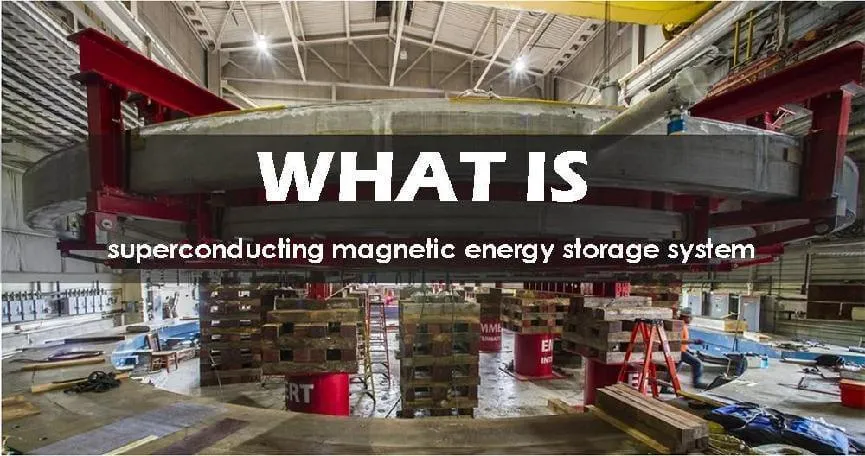
● The construction cost of the superconducting energy storage system is relatively high, and there are economic benefits problems;
● The superconducting energy storage technology needs to operate at low temperature, so that the superconducting material can reach zero resistance. The maintenance of low temperature environment is difficult;
● Due to technical and cost constraints, even though superconducting energy storage can be free from geographical restrictions, there are not enough commercial scenarios that can be actually implemented.
What are the application scenarios of superconducting magnetic energy storage
The application scenarios of superconducting magnetic energy storage mainly include:
● Stable wind turbine
● Subsynchronous resonance damping
● Power control of tie line
● Multifunctional superconducting magnetic energy storage device
● Stable voltage dynamic performance by providing instantaneous active and reactive power compensation
● Energy storage (one SMES unit can store GJ level energy at most, and the storage efficiency can reach 95%)
What are the challenges facing superconducting magnetic energy storage
With the rapid development of economy, the demand for electric power is becoming larger and larger, which is followed by the increase of power system scale and complexity. The superconducting energy storage will face many major technical issues, including:
● Power grid collapse
● Harmonic
● Short time power failure
● The circuit breaker cannot effectively remove the short circuit fault
● Discontinuous and unstable renewable energy
Development of superconducting magnetic energy storage in the world
In 1911, Heike Kamoline Onnes of Leiden University in the Netherlands found that when mercury temperature dropped to 4.2 K, the resistance dropped to zero, and many metals and alloys had the similar characteristics of losing resistance at low temperature. It calls this special conductivity “superconducting state”, and the conductor in superconducting state “superconductor”.
In 1969, Ferrier first proposed the idea of superconducting magnetic energy storage (SMES) as a device to balance power load in power system.
At present, the global research institutions and enterprises for superconducting energy storage are mainly distributed in North America, Western Europe and East Asia, such as SuperPower of the United States, ACCEL Group of Germany, Central Power of Japan, Toshiba of Japan, Huazhong University of Science and Technology of China, Institute of Electrical Engineering of Chinese Academy of Sciences, etc.
Among them, the United States is in the leading position in the field of superconducting magnetic energy storage technology research, with the most advanced technology level. It is the largest superconducting energy storage market in the world.
The superconducting magnetic energy storage has potential advantages in supporting the stability of power grid, improving the quality of power grid and pulse power supply of high-power equipment. It is one of the new directions of superconducting application research in recent years. With the development of technology, superconducting magnetic energy storage will promote the development and innovation of power system.

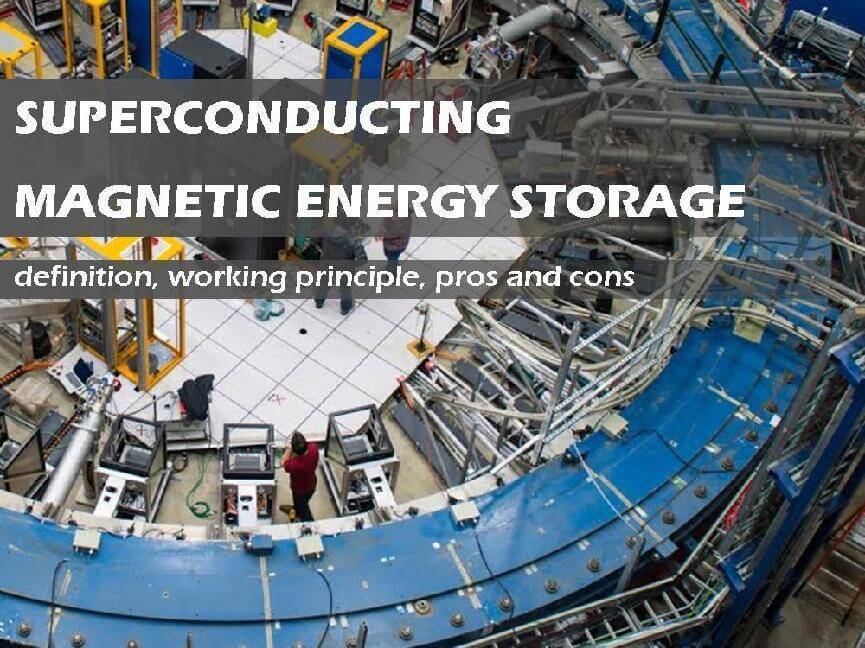
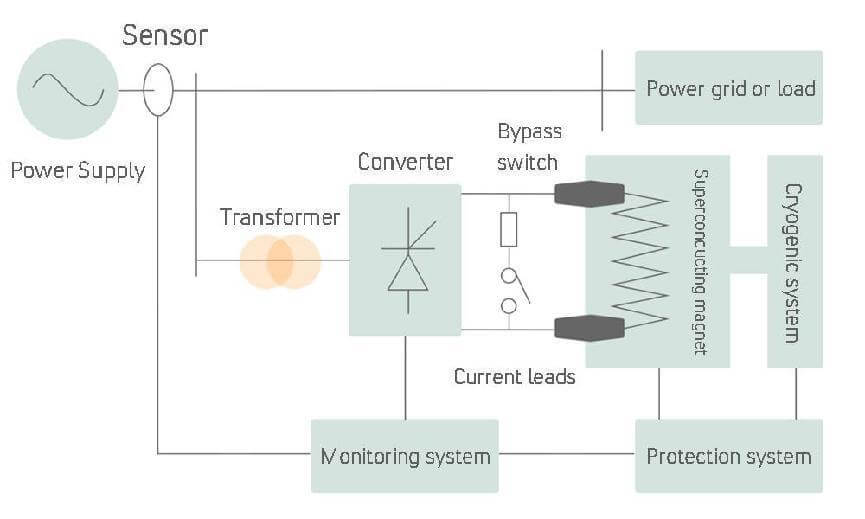
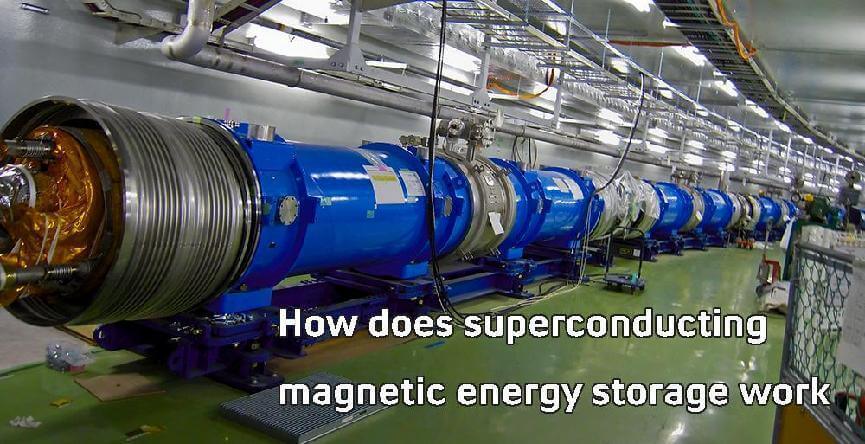

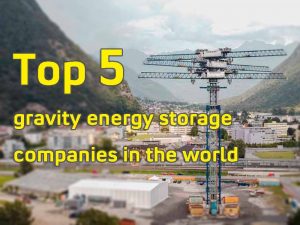
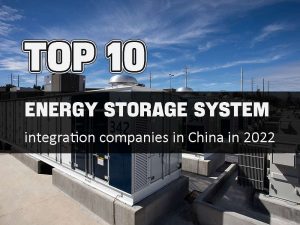



















1 thought on “Superconducting magnetic energy storage-definition, working principle, pros and cons”
Nice post. I learn something totlly new and challenging on blogs I stumbleupon every day.
It will always be useful tto reaad content fom othher writers and prtactice a little something from ther sites.